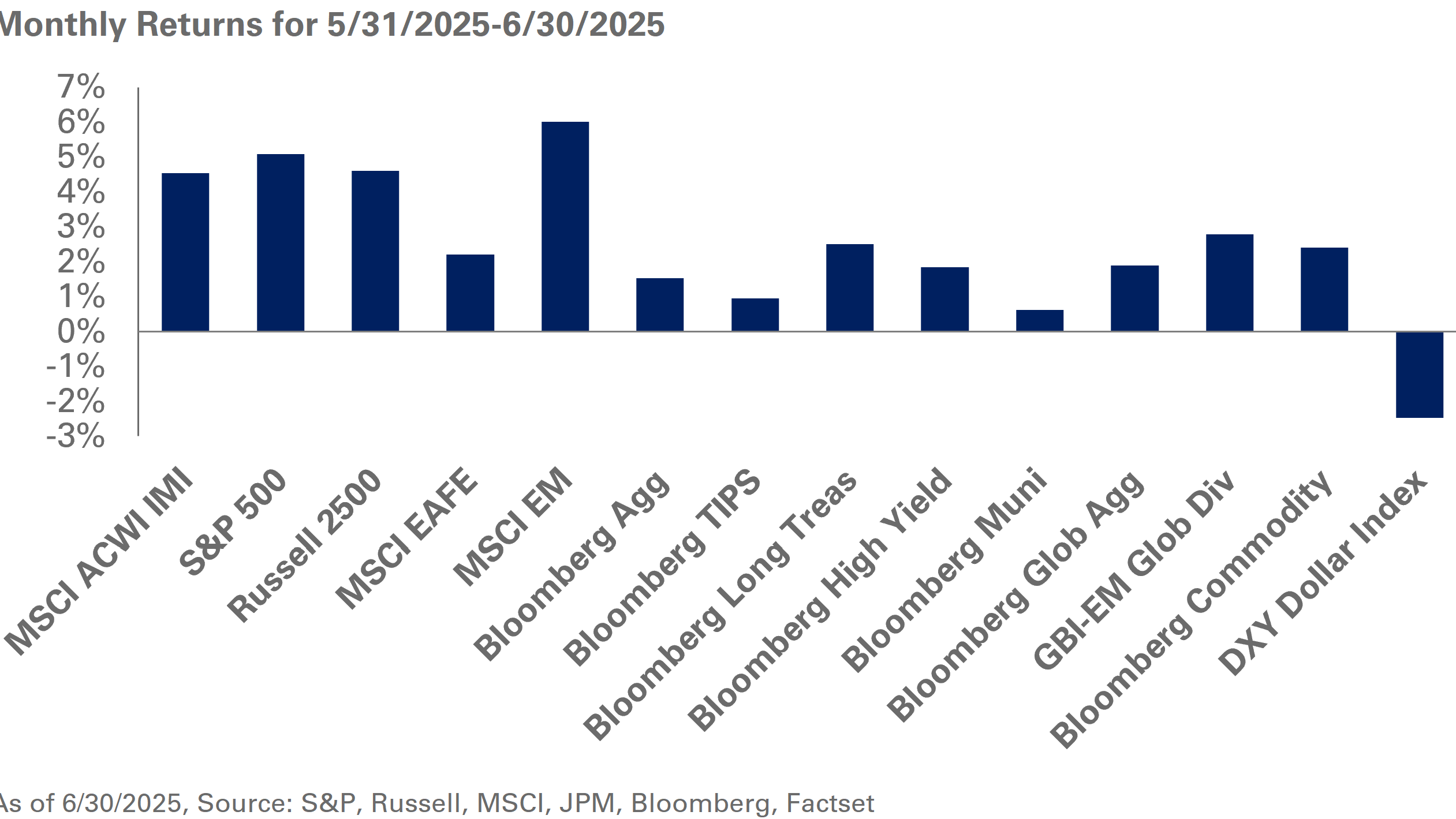NEPC Key Investment Themes represent our view of important macro-economic drivers of the global economy in 2023. Themes evolve and interact, influencing asset values, allocations, portfolio implementation and opportunities. A disruption of a theme likely alters market dynamics and our investment outlook.
RECESSION OUTLOOK
As the U.S. economy grapples with stagflation trends, there is inevitable talk of a potential recession.
At NEPC, we believe an economic downturn is not a foregone conclusion. Despite the bearish narratives, a recession is avoidable in 2023 if the economy can absorb higher interest rates with minimal disruption, and inflation and wage levels slow down and reach a healthier equilibrium. These conditions are complicated further due to the substantive lag effect of monetary policy on economic activity. With the path of the U.S. economy riddled with these uncertainties, we acknowledge the challenges in investing and continue to hold a more defensive portfolio bias. We also urge agility as quickly changing market dynamics reveal opportunistic and tactical rebalancing opportunities, especially for equity markets in 2023.
Since the trajectory of the U.S. economy and the probability of a recession are dependent on changes in unemployment, wages and service sector inflation, we believe capital markets will be extremely sensitive to new economic data in 2023. While some macroeconomic signals—leading economic indicators, elevated inflation, and an inverted yield curve—are flashing red, there are others still standing strong: low unemployment, the service economy, and relatively low levels of distress in high-yield credit. With the goods economy likely in a recession, these dynamics will test the resiliency of the U.S. service sector, which forms two-thirds of total consumption.
We envision a soft landing for the U.S. economy if the Federal Reserve holds interest rates stable over the course of the year against a backdrop of slowing wages and inflation, unchanged unemployment, and positive real consumption in the services sector. On the other hand, there is the potential for a hard landing if the Fed tightens monetary policy more aggressively in the face of pronounced stagflation trends with rising unemployment and inflation.
These economic uncertainties and talk of a potential recession come amid a paradigm shift in markets in 2022 as rising inflation forced central banks to raise interest rates, a dramatic about turn from their emphasis on supporting investor sentiment and market liquidity. This change in priorities not only triggered a broad re-pricing across all financial assets, but also challenged the norms investors had come to expect over the last decade.
We believe this challenging environment calls for a more defensive portfolio bias with fixed-income assets relatively more attractive. The outlook for investment-grade bonds has improved and is additive relative to existing strategic allocation targets for safe-haven fixed-income exposure. As equities lose some of their shine amid lower valuations and eroding profit margins, we recommend value-oriented stocks for their strong relative gains.
In addition, we encourage assessing the benefit of diversifying assets as they offer greater efficiency and value for a portfolio especially with the uptick in macro-economic volatility. Furthermore, we remind clients to hold greater levels of liquidity and to be prepared for the opportunities to rebalance equity that are likely to arise as markets try to anticipate the uncertain path of the U.S. economy.



